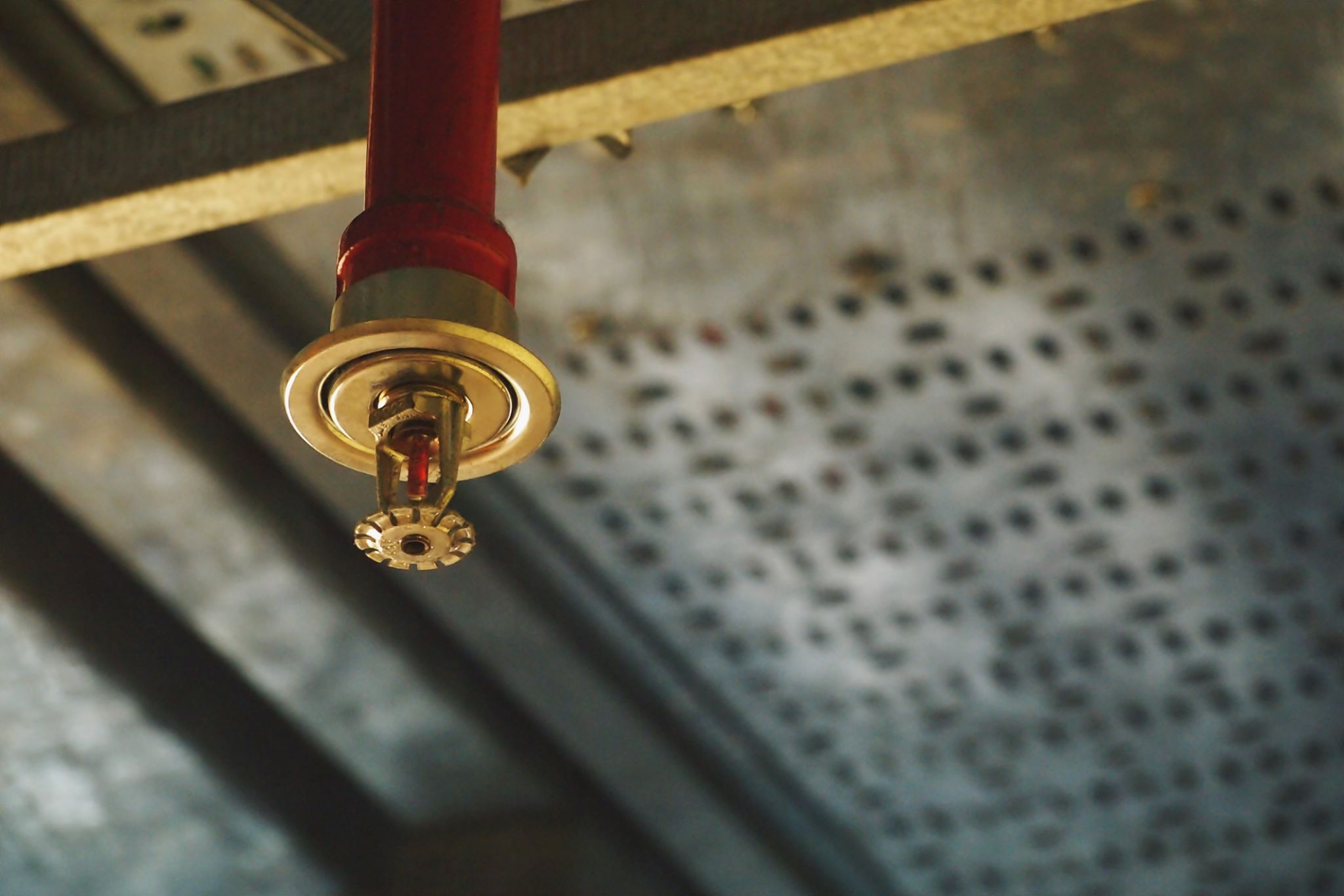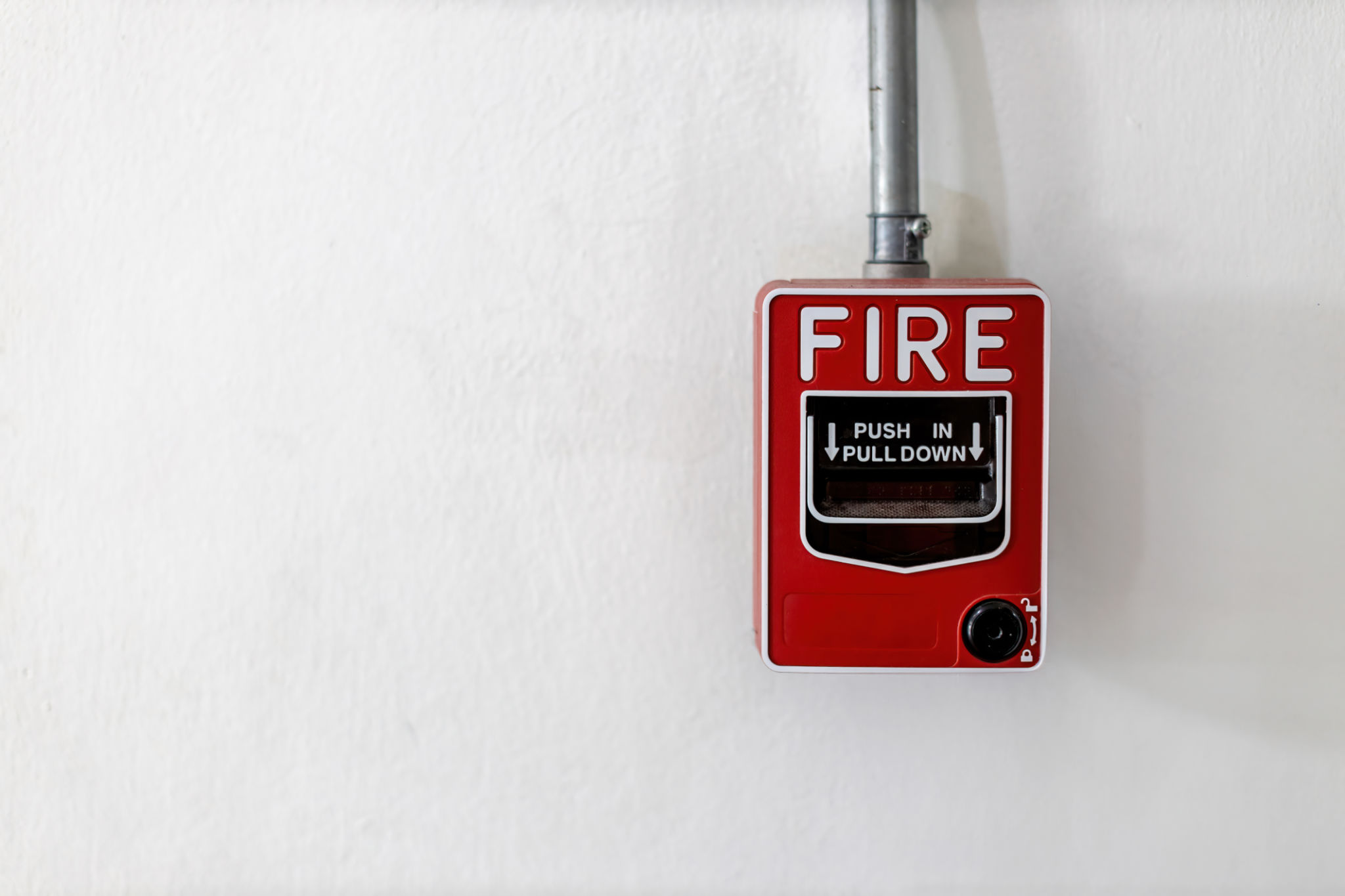Debunking Common Myths About Fire Protection Systems
Understanding the Basics of Fire Protection Systems
Fire protection systems are critical components in building safety. Despite their importance, various myths surround them, leading to misconceptions that can be detrimental. Understanding the truth about these systems ensures they are used effectively and maintained properly.

Myth 1: Sprinkler Systems Cause More Water Damage Than Fire
A common myth is that sprinkler systems cause excessive water damage. In reality, sprinkler systems are highly efficient and designed to minimize water usage. They activate individually, targeting the fire source directly and often using less water than a firefighter's hose.
This targeted approach means that any water damage is typically far less severe than potential fire damage. In fact, a functioning sprinkler system can reduce fire damage by as much as 90%.
Myth 2: Smoke Detectors Are Enough
While smoke detectors are essential for early warning, they are not sufficient on their own for comprehensive fire protection. Smoke detectors alert occupants to evacuate but do not suppress the fire. An integrated system that includes sprinklers, alarms, and extinguishers is necessary for optimal safety.

Myth 3: Fire Protection Systems Are Expensive and Unnecessary
Another misconception is that fire protection systems are costly and not worth the investment. However, the cost of installation and maintenance is far outweighed by the potential losses from a fire incident. Insurance discounts and compliance with fire codes can also offset some of these expenses.
The peace of mind and safety provided by these systems are invaluable, making them a wise investment for any property owner.
Myth 4: Fire Alarms Cause Panic
Some believe that fire alarms cause panic, but studies show they actually facilitate orderly evacuations. Fire drills and proper training ensure occupants know how to respond calmly and efficiently when an alarm sounds.

Debunking Myths Leads to Better Safety Practices
Understanding and debunking these myths is crucial for improving fire safety practices. Property owners and occupants alike benefit from accurate knowledge about fire protection systems. With the right information, everyone can contribute to a safer environment.
It's vital to prioritize maintenance and regular inspections of these systems to ensure they function correctly when needed. A proactive approach can prevent potential disasters and save lives.
Conclusion: Knowledge Empowers Safety
By dispelling these common myths, we empower individuals and organizations to make informed decisions regarding fire protection. This awareness not only enhances safety but also fosters a culture of preparedness and resilience against fire-related incidents.
